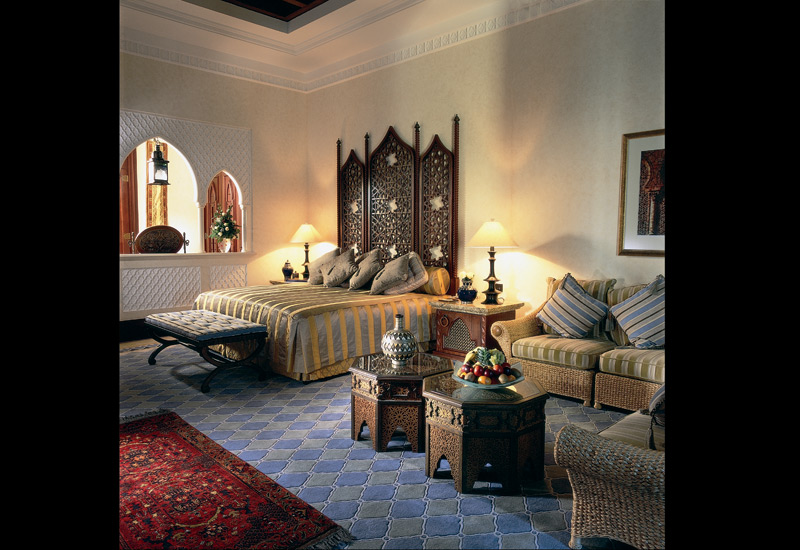Hospitality projects often represent the pinnacle of a designer’s career. Certainly, they offer earnings, scope and creative opportunities that may be lacking in many other parts of the industry.
“They are fun, and the most creative type of project,” noted Steve Leung, founder of the Hong Kong-based Steve Leung Designers. “But it is not an easy industry to enter. Across the world, most hospitality projects are monopolised by a few hotel operators and it is not easy to get on their approved list.”
An elite club often open to only a select few, hospitality design has a much higher entry level than other industry areas, Leung explained. “Residential is low entry level, and it is difficult to stay on top. There are always newer, younger design firms coming in. If you want to stay at the top, you have to go into something with a higher entry level. And hospitality is the top level of interior design – it is almost like designing an entire microcosm.”
Scope of work
Because of the many different facets of this microcosm, designers involved in hospitality projects need to have a broad knowledge base that covers all the minutiae of design, from lighting to technology to interior architecture.
You also need to understand the specific, often unique needs of the operator you are dealing with, Leung said. “When you design a hotel, you need to understand the operator very well. There is no single golden rule in hotel operations – Four Seasons may have one way of operating its food and beverage outlets and Hyatt might have another.
You need to talk to the operator and understand how each likes to work. Even when it comes to guestrooms and function rooms, different operators have different, sometimes contradictory, requirements,” Leung explained.

Advertisement
There is also the challenge of juggling the sometimes conflicting demands of owners and operators. With a number of parties involved, hospitality projects require careful handling of both people and plans. “There are so many parties involved – the operators, the owners, the consultants,” said Leung.
“You can end up with 30 or 40 people in a meeting. As the interior designer you are almost the lead consultant, so there is a lot of co-ordination to do. There has to be strong management.”
In addition, the hotel sector doesn’t offer a steady stream of work, and suppliers and designers alike should be wary of putting all their eggs in the hospitality basket. Group turnover at Italian furniture company Selva, for example, is split into 70% retail and 30% hospitality, which Philipp Selva, the company’s CEO, is eager to maintain.
“I like this percentage. Hospitality is an industry where you have high peaks – you’ll get huge contracts and have a fantastic year. But then the following year, you might have delays or unclear financing and so on, so I want to keep retail as the backbone of the company. It’s a more steady business,” he explained.
One-of-a-kind design
What the hospitality industry does offer, however, is the opportunity to be truly creative. In no other segment of the industry is the pressure to create authentic, one-of-a-kind design more acute. People are travelling further, chanelling more money into their holiday budget and becoming ever-more design conscious. In response, hotels, and the individuals who design them, are obliged to offer unique, non-repeatable experiences in truly unique settings.
“I believe we are seeing design standards getting less and less ‘standard’. Guests have become more and more savvy about what they are getting, and taking a holiday is also about trying to live a strong experience that you can take home with you,” said Reda Amalou of AW2, a Paris-based architecture and design firm managed by Amalou and Stephanie Ledoux.
While technology is one factor playing a part in driving the evolution of hospitality design, the fundamental driving force is the guests themselves. “Technology has had an impact, but I am not one to think that it is fundamental in the change. Indeed, the people that will use luxury boutique hotels are usually technologically aware and they are probably able to afford amazing technology at home!” said Amalou.
“I am not sure this is where hotels should be putting their energy. Where the real battle lies is trying to provide things that are difficult to get back home – space, outside living, bespoke furniture and oversized bathrooms.”
Guests are becoming less and less daunted by interior design – and more demanding as a result. “Everybody is more educated about design these days. Expectations are much higher. Perhaps we think this because we are designers but we do feel that design is becoming quite mainstream. It is not frightening anymore,” said Ian Bayliss, creative director, United Designers.
Fashionista
The trend towards increasingly design-led hotels is only set to increase as a growing number of fashion designers enter the hospitality industry – which, according to Selva, will have a positive impact on the sector as a whole.









 Search our database of more than 2,700 industry companies
Search our database of more than 2,700 industry companies









